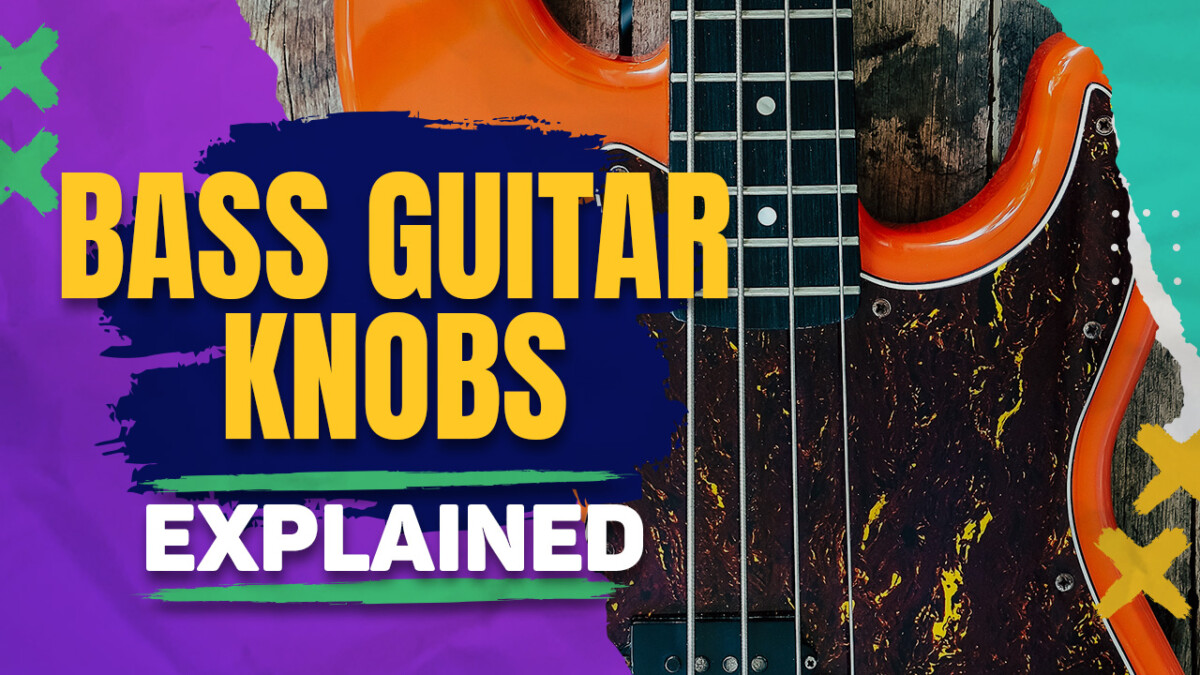Do you ever wonder what those mysterious knobs on your bass guitar actually do? Well, wonder no more! In this article, we’ll break it down for you.
From the volume knob that controls your overall sound to the tone knob that shapes your tonal characteristics, we’ll demystify each knob’s purpose and show you how to master them.
Understanding the Volume Knob
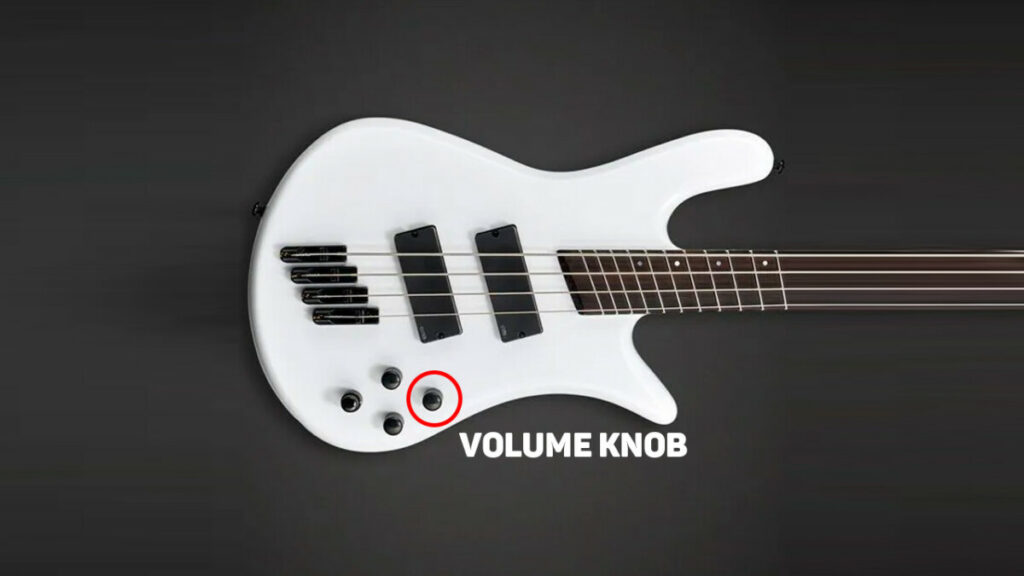
You can adjust the volume knob on your bass guitar to control the loudness of your playing. This small yet powerful knob is a key component in shaping your sound and creating dynamics in your music. By turning the volume knob clockwise, you increase the loudness, and by turning it counterclockwise, you decrease it.
Using the volume knob effectively allows you to seamlessly transition from soft, delicate passages to powerful, punchy sections. However, sometimes you may encounter issues with your volume knob, such as crackling sounds or inconsistent volume levels.
To troubleshoot these issues, you can try cleaning the contacts with electronic contact cleaner or replacing the knob altogether if necessary. Taking care of your volume knob ensures that you can continue to control and shape your sound with precision and ease.
Understanding the Tone Knob
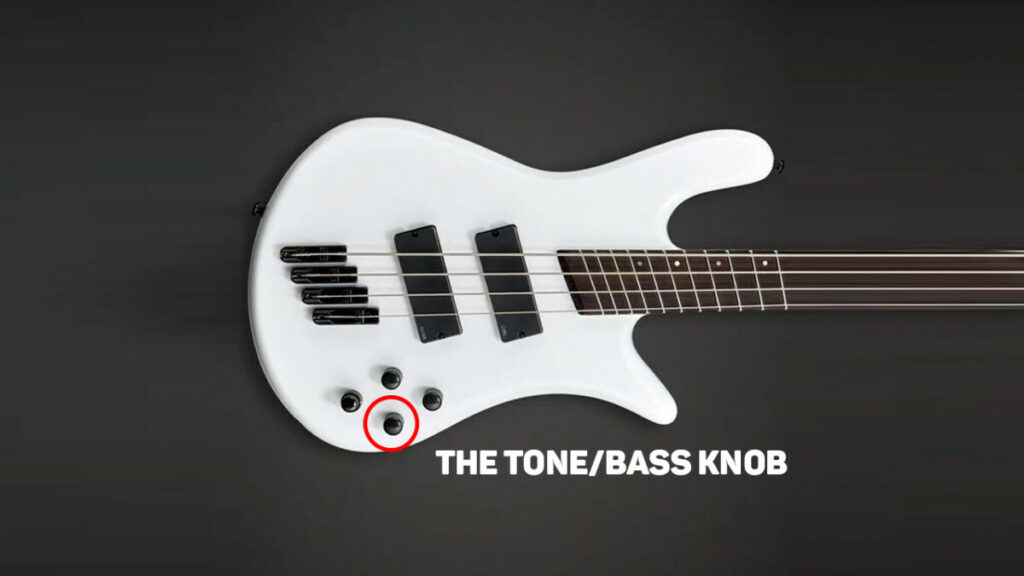
Adjusting the tone knob on your bass guitar allows you to shape the sound to your liking. It’s a powerful tool that can completely transform the character of your bass. By manipulating the tone knob, you can explore a wide range of tonal options and experiment with different settings to find your own unique sound.
The tone knob acts as a filter, adjusting the balance between the high and low frequencies of your bass. Turning it clockwise enhances the treble frequencies, giving your bass a brighter and more cutting tone. This is ideal for genres like funk or rock, where you want your bass to stand out in the mix.
On the other hand, turning the tone knob counterclockwise boosts the bass frequencies, resulting in a deeper and warmer tone. This is perfect for genres like jazz or reggae, where a smooth and round tone is desired.
The Purpose of the Pickup Selector
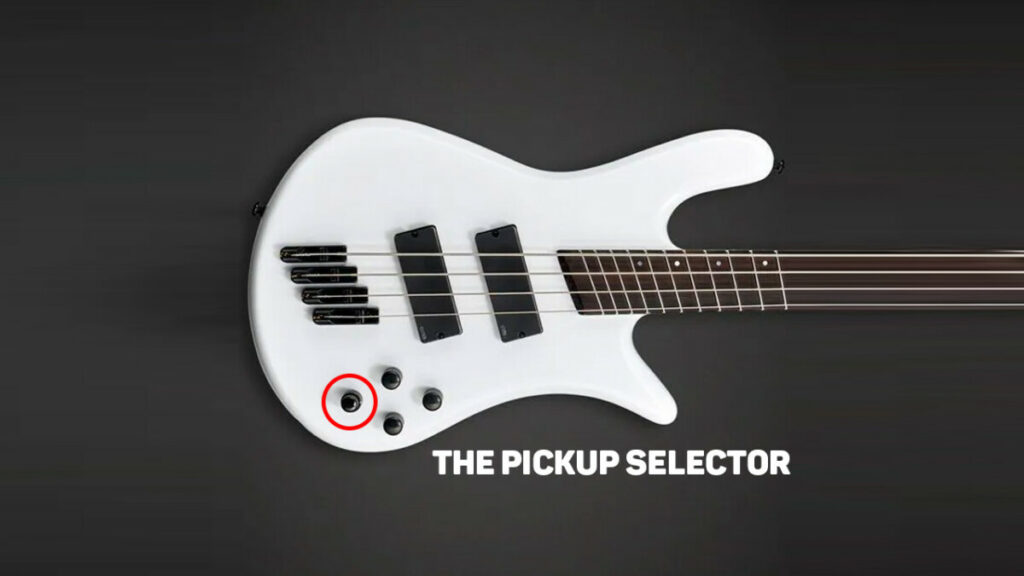
When using the pickup selector on your bass guitar, you can easily switch between different pickup configurations to achieve various tonal characteristics. Exploring different pickup configurations is a fascinating journey that allows you to unlock the full potential of your instrument.
By selecting different combinations of pickups, you can create a wide range of tones, from warm and mellow to bright and punchy. Each pickup configuration has its own unique sonic signature, giving you the power to shape your sound according to your musical preferences.
Understanding pickup height adjustment is crucial in achieving optimal tone. By adjusting the height of your pickups, you can control the balance between the different strings, ensuring that each note rings out with clarity and precision.
Demystifying the Blend Knob
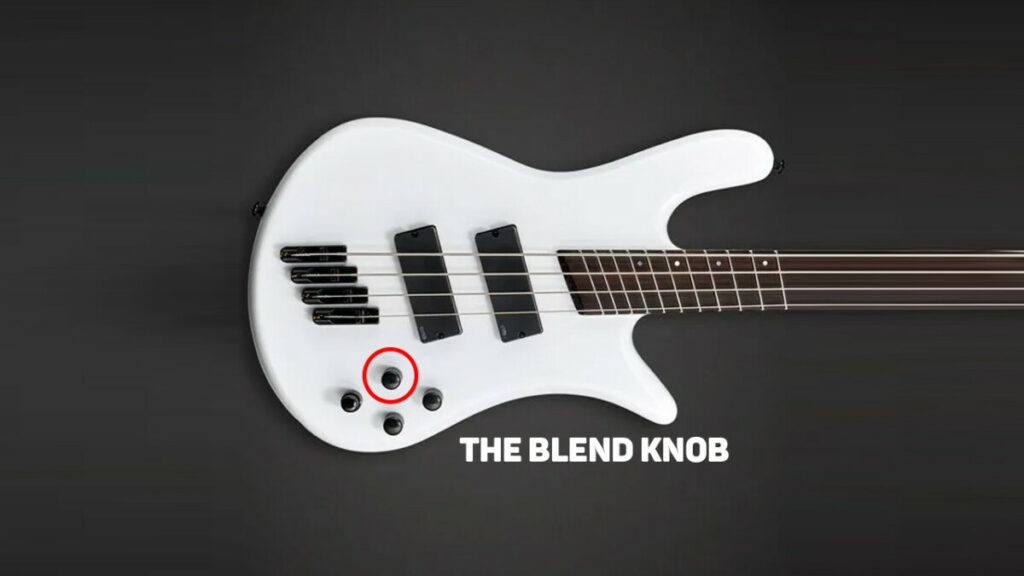
Understanding how the blend knob works allows you to seamlessly blend the sound of your bass guitar’s pickups to achieve a balanced and customized tone. The blend knob is a powerful tool that allows you to control the balance between the two pickups on your bass. By turning the knob clockwise, you increase the volume and presence of the bridge pickup, which produces a brighter and more aggressive tone. Conversely, turning the knob counterclockwise emphasizes the neck pickup, resulting in a warmer and mellower sound.
Experimenting with different blend knob techniques can open up a world of possibilities for your bass playing. For example, you can dial in a punchy and articulate tone by blending both pickups equally. Alternatively, you can adjust the blend to emphasize one pickup over the other, depending on the desired bass response for a specific musical style or genre.
Whether you’re playing funk, rock, jazz, or anything in between, the blend knob is an essential tool for shaping your bass tone. So go ahead, dive into the world of blend knob wizardry and discover the endless sonic possibilities that await you.
Mastering the EQ Controls
To achieve the perfect bass tone, you’ll want to master the EQ controls on your amplifier. These controls allow you to shape the sound of your bass and tailor it to your liking.
Understanding the bass guitar frequency range is crucial in using EQ effectively. The low frequencies, ranging from 40Hz to 250Hz, provide the foundation and warmth to your sound. Boosting these frequencies can add depth and power to your tone.
The mid frequencies, between 250Hz and 2kHz, give your bass presence and definition. Cutting or boosting these frequencies can help you stand out in a mix or blend in seamlessly.
Lastly, the high frequencies, from 2kHz to 20kHz, add clarity and articulation to your playing. Experimenting with different EQ settings for different music genres is essential.
For rock or metal, you may want to emphasize the low end for a heavier sound. For funk or pop, boosting the midrange can make your bass lines punchier and more pronounced.
Conclusion
In conclusion, understanding the knobs on a bass guitar is crucial for mastery of the instrument.
The volume knob allows you to control the overall loudness of your sound, while the tone knob shapes the tonal characteristics.
The pickup selector enables you to choose between different pickups, each offering a unique sound.
The blend knob allows you to mix the signals from multiple pickups, creating a customized tone.
Lastly, the EQ controls provide precise control over the bass, mid, and treble frequencies, allowing you to sculpt your sound to perfection.
With these knowledge and skills, you can truly unlock the full potential of your bass guitar.

